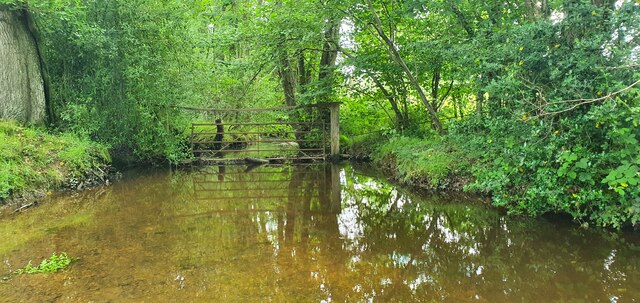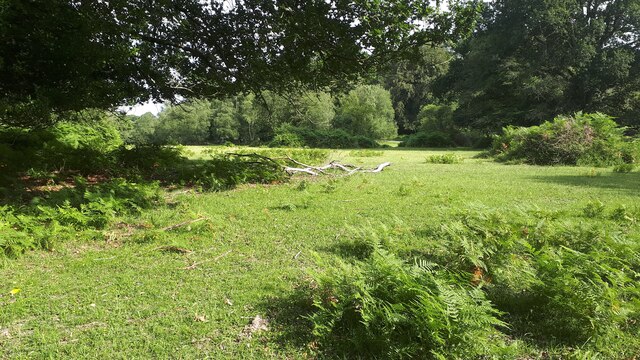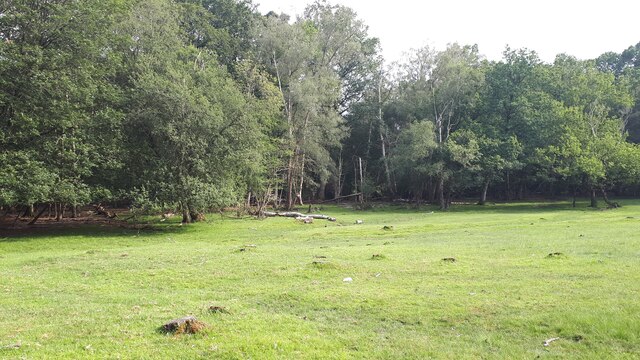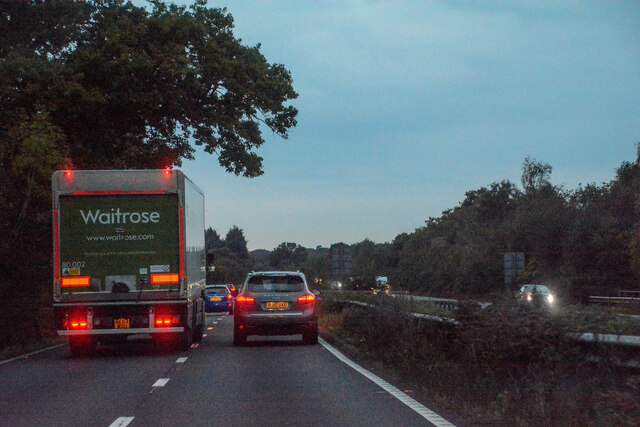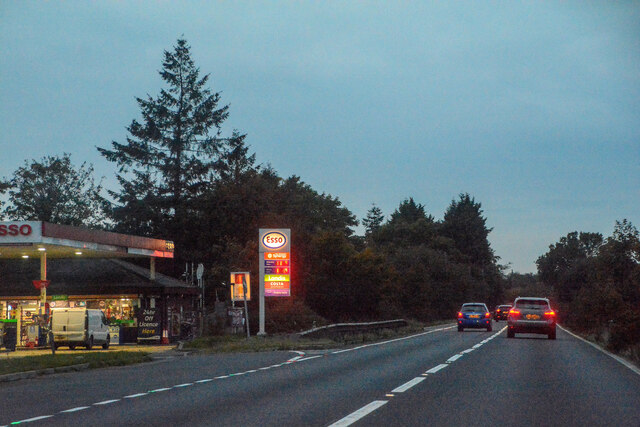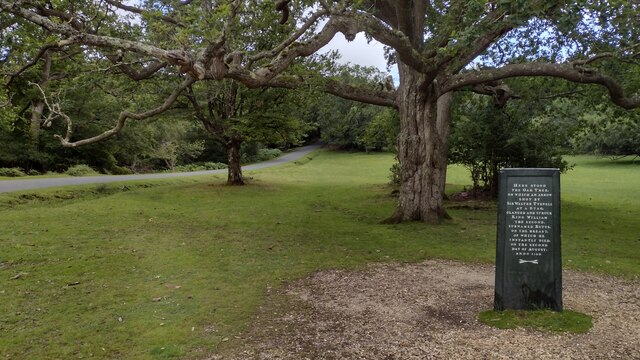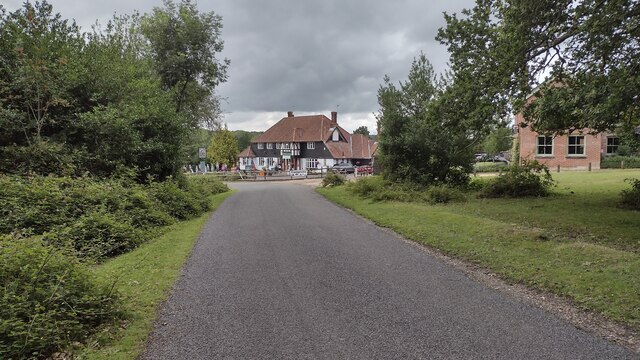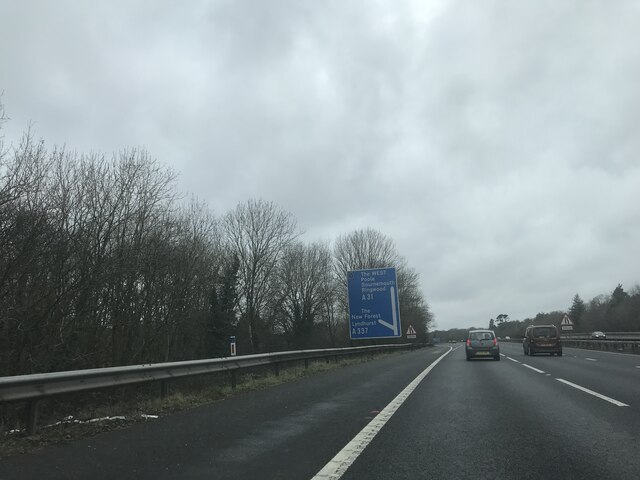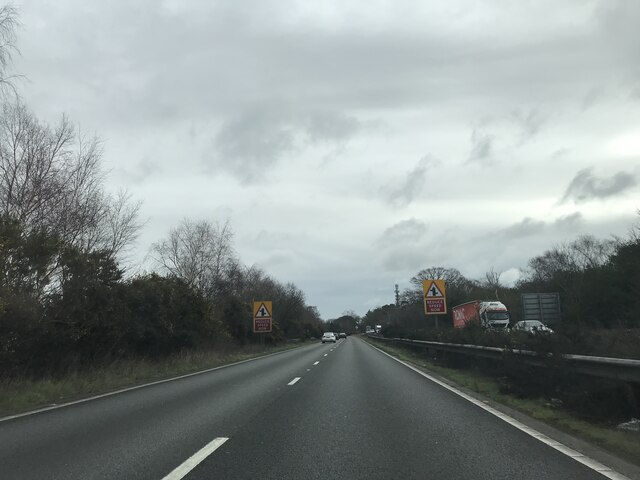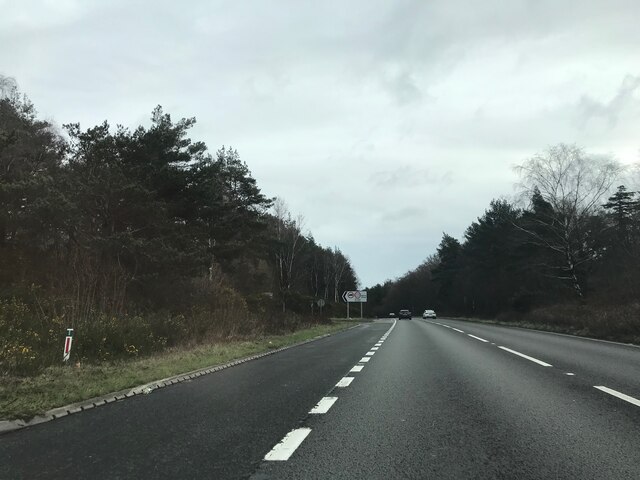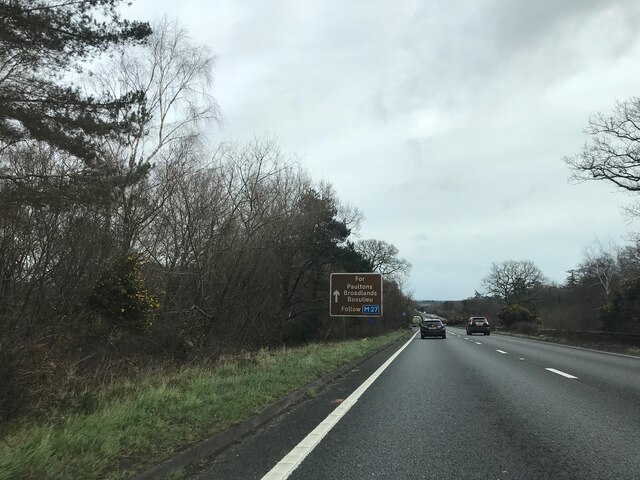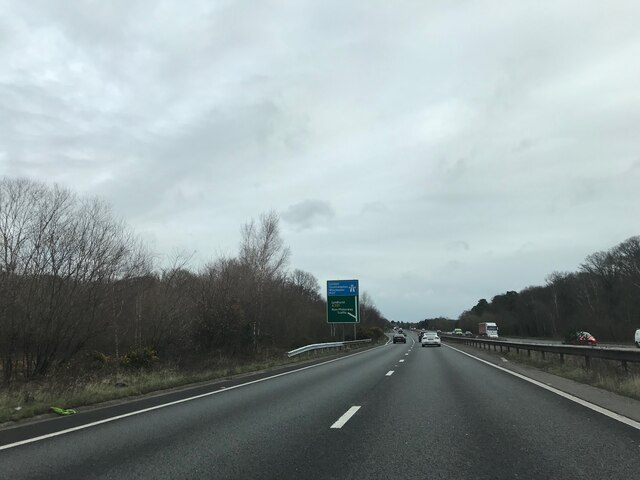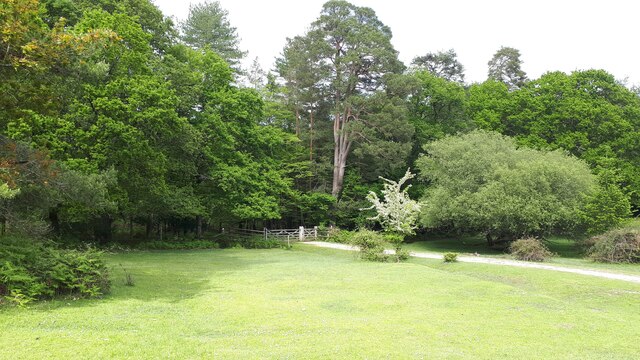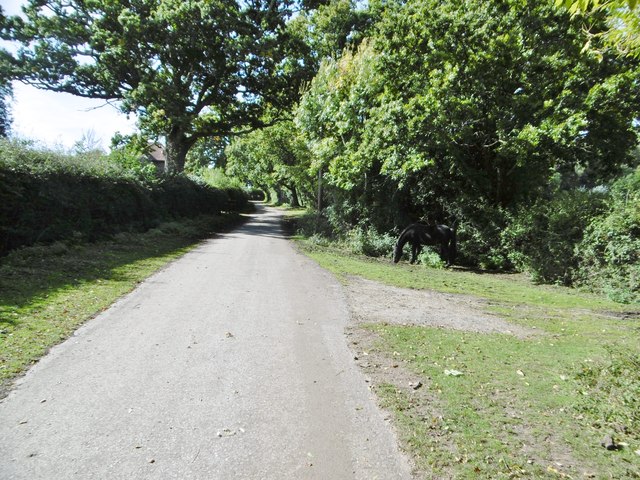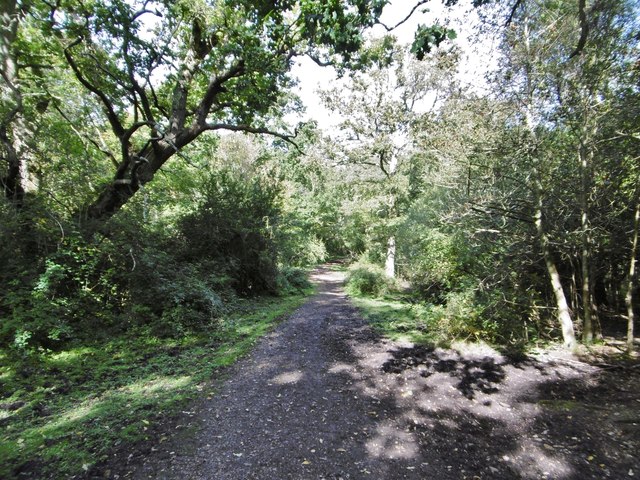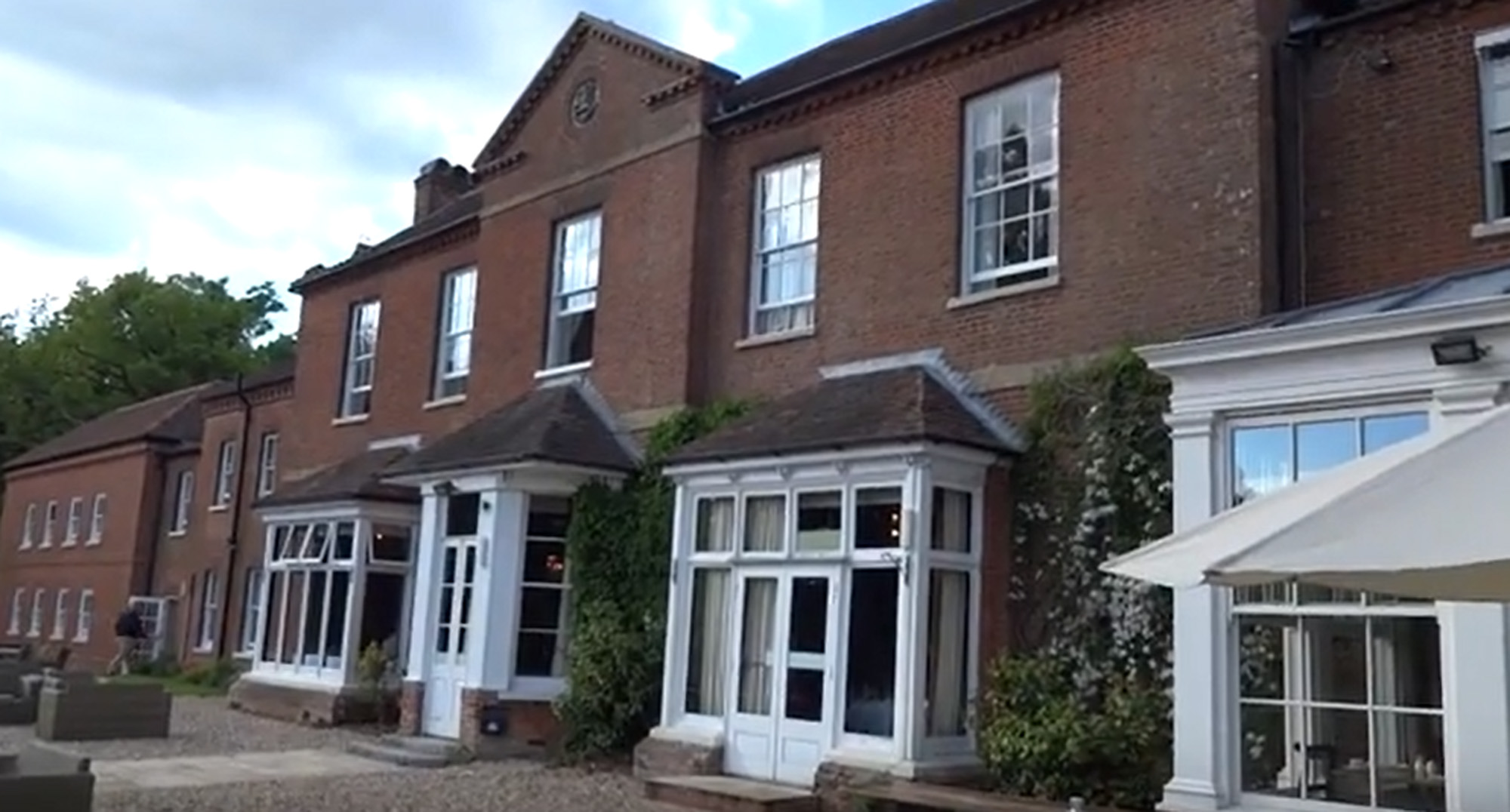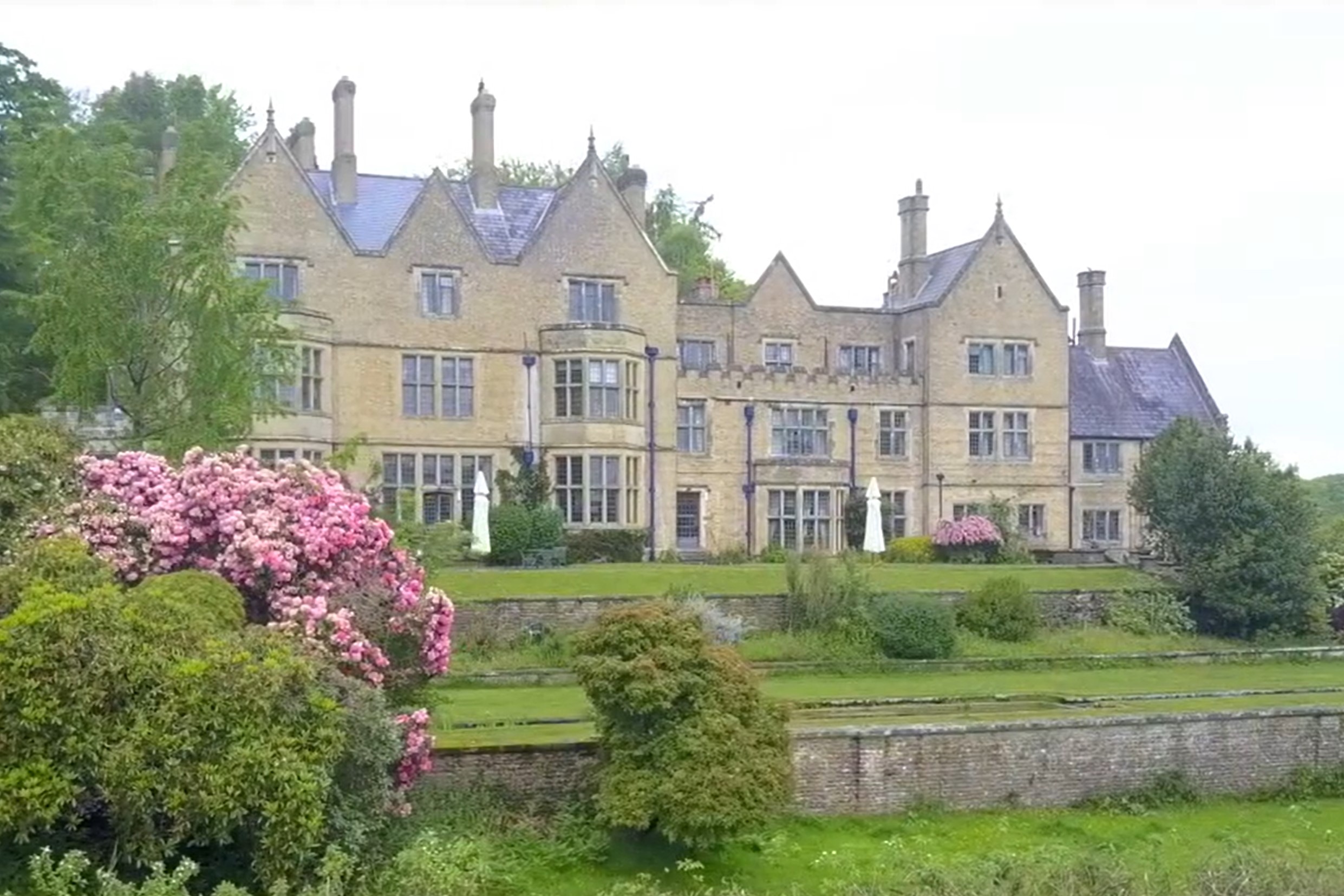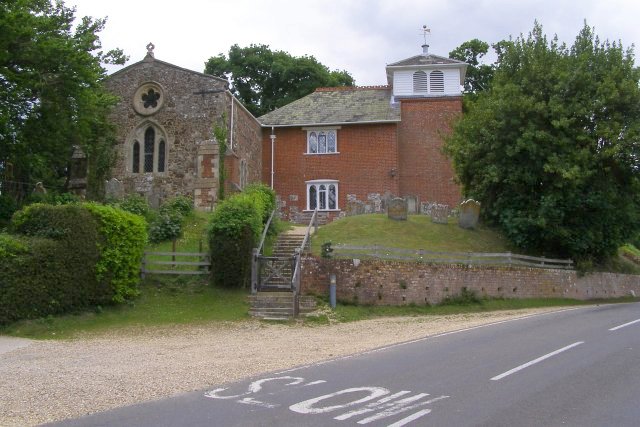Greenhill Copse
Wood, Forest in Hampshire New Forest
England
Greenhill Copse
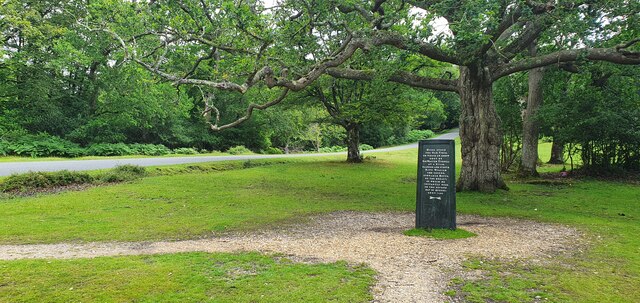
Greenhill Copse is a picturesque woodland located in Hampshire, England. Spanning approximately 50 acres, this dense forest offers a serene and tranquil environment for nature enthusiasts and outdoor lovers alike.
The copse is predominantly composed of deciduous trees, including oak, beech, and birch, which create a vibrant and colorful canopy during the autumn months. The forest floor is covered in a lush carpet of ferns, mosses, and wildflowers, adding to the enchanting atmosphere.
Traversing through Greenhill Copse is made easy by a well-maintained network of footpaths and trails that wind their way through the trees. These paths offer visitors the opportunity to explore the copse at their own pace, admiring the diverse flora and fauna along the way. Birdwatchers will be delighted by the variety of bird species that call Greenhill Copse home, including woodpeckers, thrushes, and owls.
The copse is also home to a rich variety of wildlife, providing a natural habitat for creatures such as deer, squirrels, and rabbits. Nature enthusiasts can spot these animals in their natural habitat, making for a memorable and immersive experience.
Greenhill Copse is a popular destination for families, as it offers a range of recreational activities. Picnic areas and benches are scattered throughout the woodland, providing a perfect spot for a leisurely lunch or a moment of relaxation. Additionally, children can enjoy the copse's natural playground, climbing trees, and exploring the forest's nooks and crannies.
Overall, Greenhill Copse is a beautiful and diverse woodland, providing a haven for nature lovers and a space for families to connect with the great outdoors.
If you have any feedback on the listing, please let us know in the comments section below.
Greenhill Copse Images
Images are sourced within 2km of 50.920553/-1.6104411 or Grid Reference SU2713. Thanks to Geograph Open Source API. All images are credited.
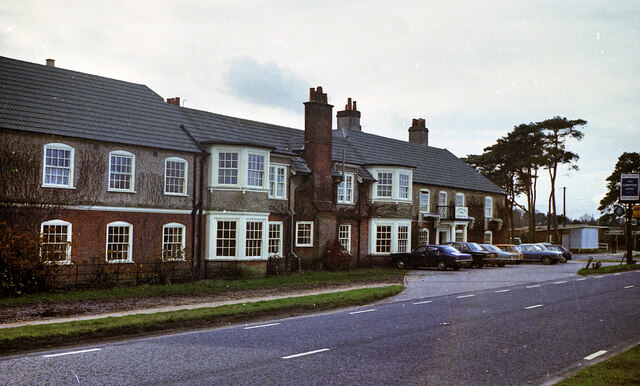
Greenhill Copse is located at Grid Ref: SU2713 (Lat: 50.920553, Lng: -1.6104411)
Administrative County: Hampshire
District: New Forest
Police Authority: Hampshire
What 3 Words
///emporium.weekends.props. Near Cadnam, Hampshire
Nearby Locations
Related Wikis
Brook, New Forest
Brook is a hamlet in the civil parish of Bramshaw, in Hampshire, England. It lies just inside the New Forest. The hamlet contains a mix of 18th and 19th...
Upper Canterton
Upper Canterton is a village in Hampshire, England, located at 50°54′36″N 1°37′24″W. It is near Minstead. == References == The geographic coordinates are...
Minstead
Minstead is a small village and civil parish in the New Forest, Hampshire, about 2 miles (3.2 km) north of Lyndhurst. There is a shop and a pub, the Trusty...
Bartley Lodge
Bartley Lodge is a country house near Cadnam in Hampshire, England, within the boundaries of the New Forest National Park. It was built in the 18th century...
Cadnam
Cadnam is a village situated in Hampshire, England, within the boundaries of the New Forest National Park. The village has existed since the medieval period...
Minstead Lodge
Minstead Lodge in Hampshire is a building of historical significance built in about 1830 and is Grade II listed on the English Heritage Register. Today...
Bramshaw
Bramshaw is a small village and civil parish in Hampshire, England. It lies just inside the New Forest. The name Bramshaw means Bramble Wood. Until 1895...
Bartley, Hampshire
Bartley is a village in Hampshire, England, within the boundaries of the New Forest National Park, seven miles (11 km) west of Southampton. == Overview... ==
Nearby Amenities
Located within 500m of 50.920553,-1.6104411Have you been to Greenhill Copse?
Leave your review of Greenhill Copse below (or comments, questions and feedback).
